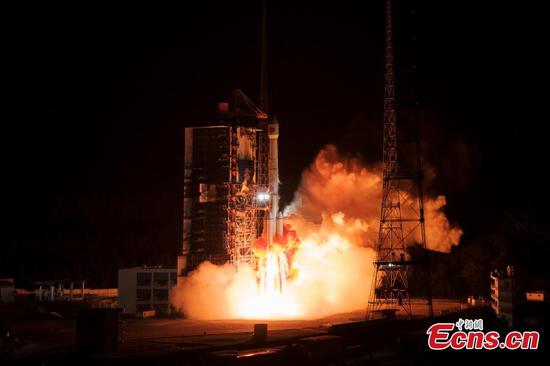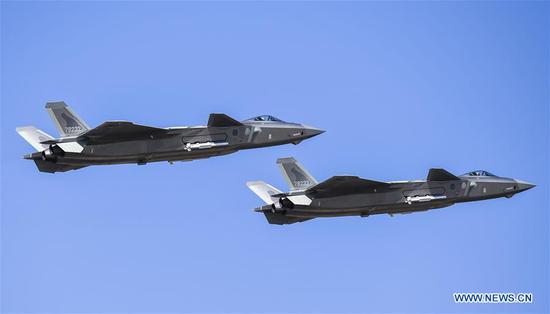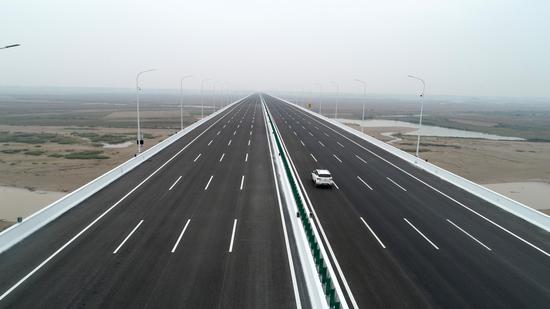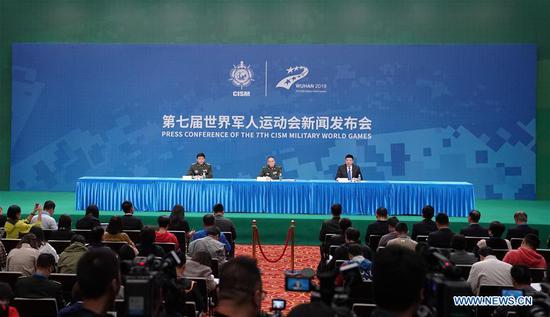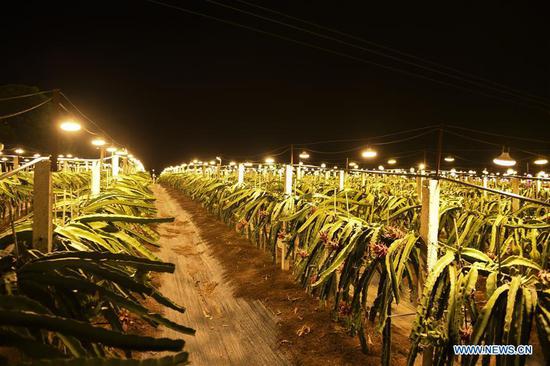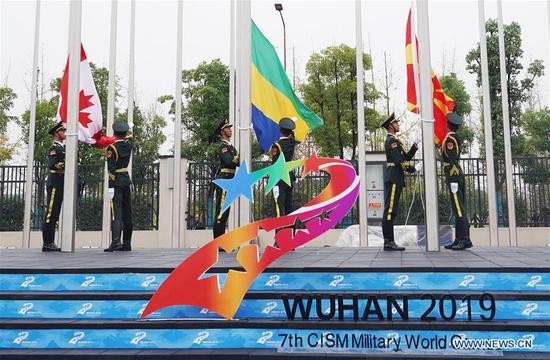A Qantas flight departing New York on Friday could prove to be a turning point for global aviation, with the plane landing in Sydney 20 hours and 17,000 kilometers later as part of a test for what could be the next phase of ultra-long-haul travel.
The first of three test flights taking part between now and the end of the year, Qantas' "Project Sunrise" will see the carrier judge the viability of non-stop flights between Australia's east coast and destinations in Europe, the U.S. and South America, ahead of a potential launch in 2022.
However, the ultra-long haul era faces many challenges before it really gets off the ground. Passenger demand, potential health problems, environmental concerns and pilot fatigue are all major concerns in the aviation industry.
Friday's test of the New York to Sydney route will see "human guinea pigs" on board, with scientists evaluating the effects of 20 hours in a confined space on the human body.
Forty passengers and crew will be on the test flight, and will undergo several medical tests to check whether or not their health is affected.
In early 2018, Qantas launched its Perth to London route, a 17-hour journey which has been a success in terms of passenger demand. A year after its launch, Qantas revealed the route had average passenger occupancy of 94 percent. The airline's CEO Alan Joyce said "there were a lot of expectations around this flight," and it had exceeded all of them.
Currently, the longest commercial route flies between Singapore and Newark Airport in New Jersey, a 19-hour journey operated by Singapore Airlines which was also launched last year.
While advances in technology have made passenger planes as much as 25 percent more fuel efficient in the past decade, the Singapore-Newark route only has 161 business and premium economy seats on board with no economy class, reflecting the airline's balancing act between profitability and efficiency, with cheaper seats removed to make extra room for more fuel.
It remains unclear how Qantas would design its Project Sunrise aircraft, with Joyce suggesting that the airline is looking at installing a "fourth zone" on board for exercise, stretching and hydration. The Financial Times says that the Perth-London route currently carries a maximum of 236 passengers.
According to The Guardian citing data from Atmosfair, a return flight from London to Perth currently produces 3,153 kilograms of carbon dioxide emissions, more than the average person in India produces in one year.
In comparison, a return trip from London to Perth with a stopover in Singapore would produce 2,922 kilograms of emissions, despite the flights involved typically carrying more passengers.
While the first year of the Perth to London route has been a success, rising fuel costs and volatility in oil prices could heavily affect the financial viability of ultra-long-haul air travel.
In 2004, Singapore Airlines launched its first route to New York, using older and less fuel-efficient aircraft. The route was eventually canceled in 2013, with oil prices hitting 100 U.S. dollars per barrel.
Pilots have also voiced concerns over the potential new era of ultra-long-haul flights. The union representing Qantas pilots has said that the test flights being carried out as part of Project Sunrise will not be able to provide enough data on the effects of pilot fatigue during 20-hour journeys.
Melatonin levels and brain activity of pilots will be measured during the three Project Sunrise test flights. A 2012 study cited by the BBC said that pilot fatigue had been a factor in 15 to 20 percent of fatal accidents caused by human error.
According to a report by the British Airline Pilots' Association, 43 percent of 500 respondents had previously involuntarily fallen asleep in the cockpit. Of those 43 percent, almost a third said their co-pilot was still asleep by the time they themselves had woken up.



















